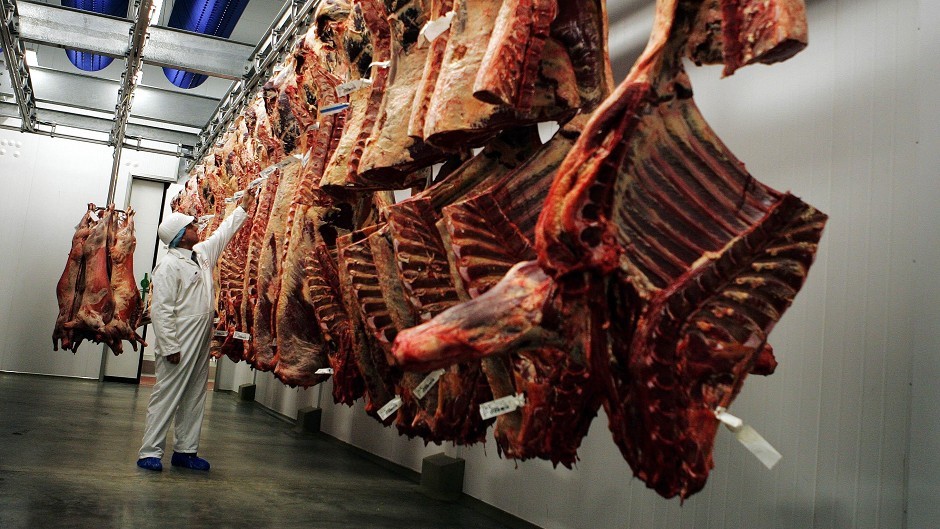Scotland is one step closer to recouping lost levies from Scottish-born animals being slaughtered south of the border.
Red meat levy boards across the UK, including Quality Meat Scotland (QMS), yesterday submitted a briefing document to government ministers in England, Scotland and Wales outlining plans for an alternative option for the distribution of red meat levies.
At the moment levy money is collected at the point of slaughter, rather than the point of origin of the animal – an issue QMS estimates is costing it £1.6million in lost levies every year.
The proposed changes to the system would see levy distributed across the different countries in which the animal has spent its life, and more joint working to promote British meat between all red meat levy boards across the UK.
Levy distribution would also be based on the economic activity and scale of each country’s industry, varying over time depending on animal movements.
UK-wide levy body organisation AHDB estimates the changes would see between £2million and £2.5million in levies move from England to Scotland and Wales.
In Wales the bulk of money would relate to cattle and sheep levies, however in Scotland it would include up to £250,000 in pig levies.
The proposals would require government consultations with industry across Great Britain and any changes to legislation are unlikely before April 2017.
QMS chairman Jim McLaren said: “We hope the proposals now on the table will be fully considered by Ministers allowing us all to move forward.”
NFU Scotland vice president, Rob Livesey, added: “It is now nine years since the Radcliffe review of agricultural levy bodies suggested that, for livestock levies, statutory monies should be returned to promotional bodies in the animal’s country of birth.
“While there are still significant hurdles to cross, the joint submission of this briefing by all red meat levy bodies marks useful and welcome progress towards an agreement that would see the distribution of red meat levies better reflect an animal’s lifetime – from birth through rearing to slaughter – and in which country that time was spent.”
PANEL
Levy board figures show that the bulk of UK sheep slaughterings – 66% – take place in England, although only 47% of the UK’s breeding sheep are based there.
Scotland on the other hand has 22% of the national breeding flock, but only 10% of the slaughterings.
It is a similar situation in Wales, which has 14% of the UK’s breeding cows, but only 7% of slaugherings.
In the pig sector, 96% of slaughterings occur in England which houses 91% of the breeding herd.
